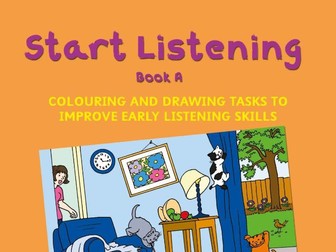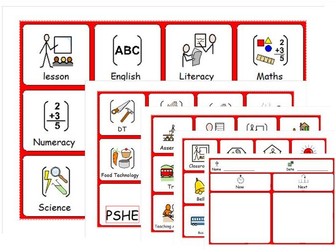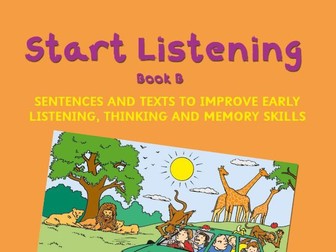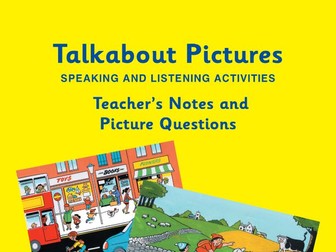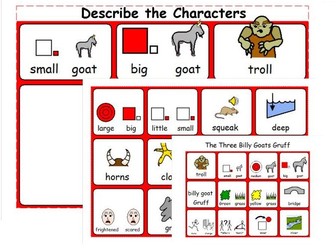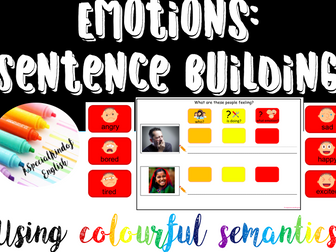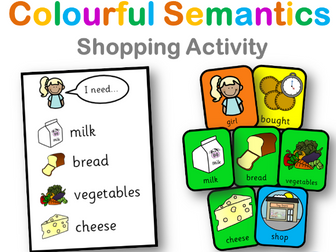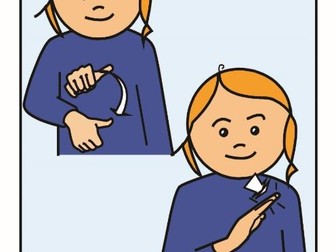
START LISTENING BOOK A
Start Listening A and B are excellent for those pupils with poor auditory and concentration skills. The differentiated tasks suit a range of abilities. The activities are carefully structured, enabling those who find listening difficult to develop their confidence and listening skills. This book involves colouring and drawing to instruction, and identifying whether or not sentences are reasonable. A further book is available: book B uses sentences and stories to focus on auditory memory. Previously sold through Easylearn.
